Course information
Global DRRM
Welcome to the Global DRRM Pathway
Disasters have devastating consequences. They cause death, injury, disease, the destruction of property and other assets, mass displacement, social and economic disruption, loss of infrastructure and other services, and damage to the environment. Poor people living in low and middle income countries have paid a disproportionate price in terms of human suffering. Their exposure to hazards is exacerbated by poverty, lack of early warning systems, poor risk governance and an absence of the civil protection mechanisms that are taken for granted in high-income countries. However, while we can’t prevent a hazard from occurring, we can use disaster risk reduction and management to understand risk and vulnerability, prevent a hazard from becoming a disaster, and mitigate its impact by making people more resilient.
This Disaster Risk Reduction and Management (DRRM) course has been designed to provide an in-depth overview of DRRM to humanitarian professionals interested in expanding their knowledge on DRRM. It draws on the very latest global practice and theory combined with expert content from around the world to advance knowledge and learning on this expanding area of practice and research. In addition to presenting the standard frameworks, it introduces new thinking on vulnerability and risk, on resilience and on urban contexts.
This course is developed in an interactive way with audio, videos and interviews from experts working in this area to really bring key issues and debates around DRRM to life.
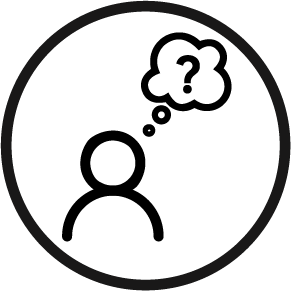
Is this course for me?This course is aimed at provincial administrators, mid-level managers and NGO practitioners who are interested in designing and implementing people-centred DRRM in response to disasters and humanitarian crises. This course is not for entry level learners but for those seeking a more nuanced understanding of DRRM.
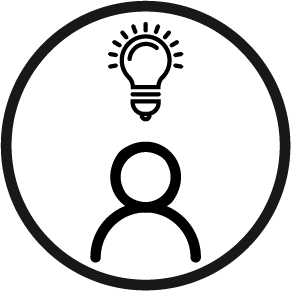
How will I benefit from this course?On completion of this course you will:
Know
Have a solid grounding in the latest theory and practice in DRRM.Understand key DRRM concepts, models and frameworks.Understand the importance of adopting a people-centred approach to DRRM.Understand how hazards affect people in different ways, according to the effects of economic, political, social and cultural factors that determine their vulnerability.
Be able to
Identity the opportunities and challenges of carrying out DRRM in different contexts.
Feel
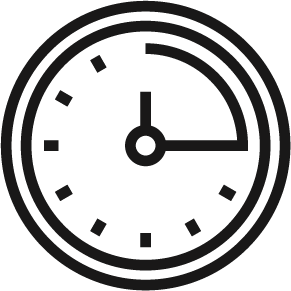
How long will it take? This course is self-paced and will take the learner around 5.5 hours to complete.
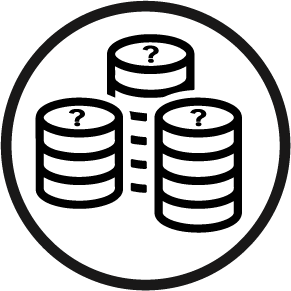
How much does it cost? This course is free!
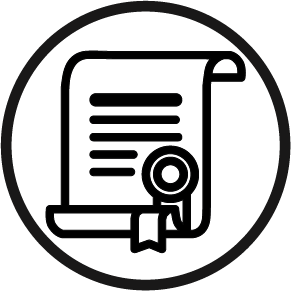
Will I get a certificate at the end? Yes - you will be able to download a certificate once you have have completed all of the modules within the course.
 How do I start? Scroll to the top of the page and click on the Join course button. This will take you through to the course content. You don't need to complete the course in one go - you can always continue later from where you left off.
How do I start? Scroll to the top of the page and click on the Join course button. This will take you through to the course content. You don't need to complete the course in one go - you can always continue later from where you left off.
